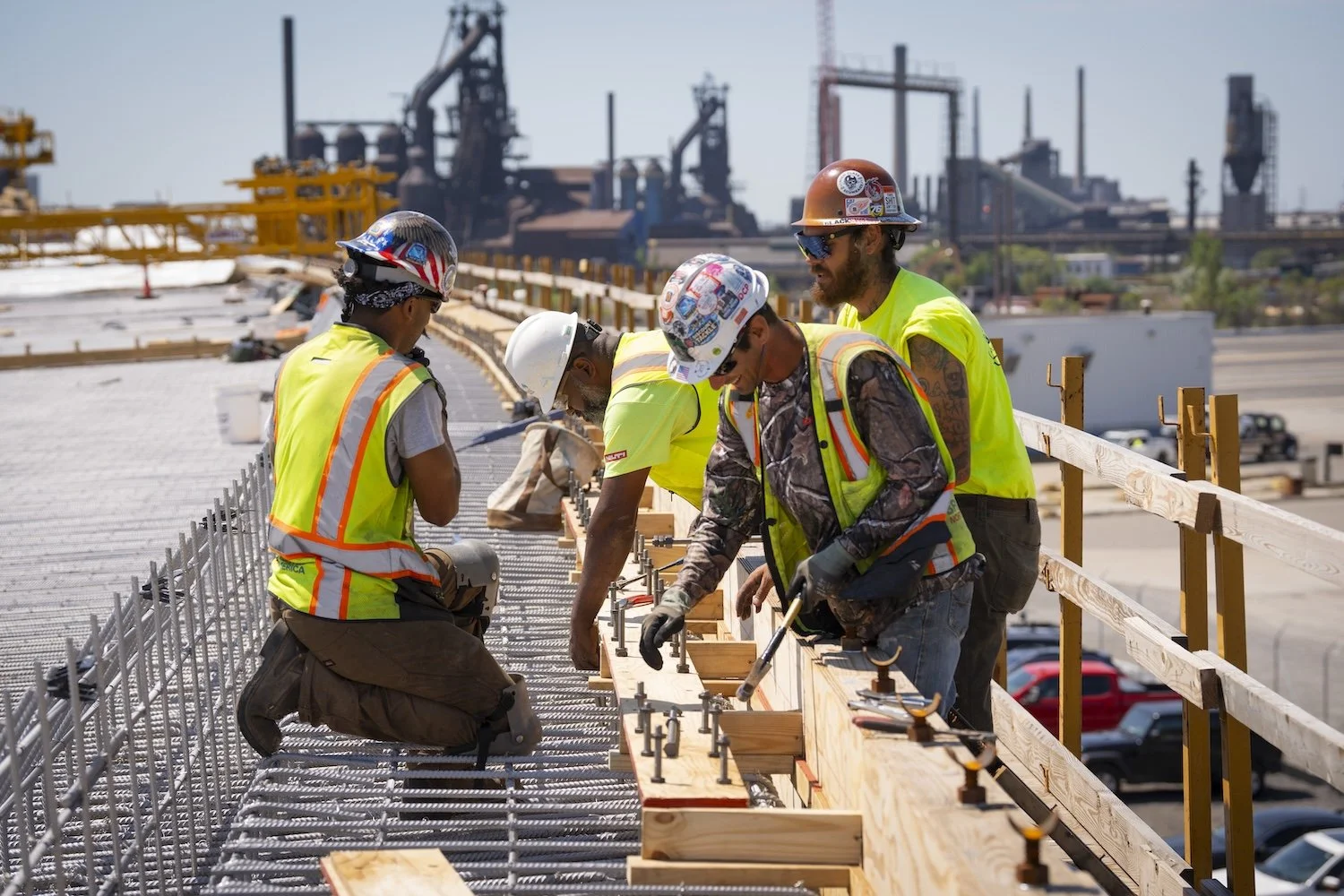WHAT IS CORROSION?
Corrosion is the gradual destruction of materials (usually metals) by chemical and/or electrochemical reaction with their environment. In the most common use of the word, “corrosion” means electrochemical oxidation of metal in reaction with an oxidant such as oxygen. Rusting which is the formation of iron oxide, is a well-known example of electrochemical corrosion.
Corrosion can also occur in materials other than metals, such as polymers or composites of polymer (such as GFRP) although in this context, the term "degradation" is more common.
As a consequence of corrosion, the useful properties of materials and structures including strength, appearance and ultimately viability can be reduced.
THE CORROSION PROCESS / CYCLE
Our focus is on corrosion in liquid or humid environments which includes atmospheric humidity. This type of metal corrosion involves an electrochemical process with an anode and cathode in the same electrolytic solution, such as road salt and water which serves to electrochemically connect the rebar metals in a bridge deck.
The less passive metal which oxidizes, or deteriorates, is the anode which produces electrons which can be consumed by the more passive metal, the cathode, by way of a process known as a cathode reduction chemical reaction.
Given that corrosion occurs on exposed surfaces, methods to reduce the corrosion activity of the exposed surface by means of passivation can increase a material's corrosion resistance. The process of electrochemical corrosion of stainless steel does not occur because the passivity layer supported by the chromium oxide layer of stainless steel remains intact.
The “kinetics” of the corrosion process, otherwise stated as the flow or attracting of electrons by the cathode, in this case stainless steel, will not occur which therefore prevents the initiation of the corrosion cycle.


